118 results in Exploration of Neuroprotective Therapy
Latest
Sort by :
- Latest
- Most Viewed
- Most Downloaded
- Most Cited
Open Access
Perspective
Plasma p-tau217 in Alzheimer’s disease is a dynamic gauge of progression heterogeneity, not a baseline stratifier
Rafael Franco
Published: October 16, 2025 Explor Neuroprot Ther. 2025;5:1004118
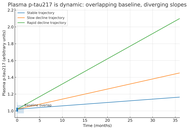
Open Access
Mini Review
From burnout vs bounce-back: risk, protection, and interventions strategies for rehabilitation professionals
Ayesha Inam, Muhammad Ahmed
Published: October 16, 2025 Explor Neuroprot Ther. 2025;5:1004117

Open Access
Original Article
A brief, comprehensive measure of post-exertional malaise
Leonard A. Jason, Kelly J. Chee
Published: October 14, 2025 Explor Neuroprot Ther. 2025;5:1004116
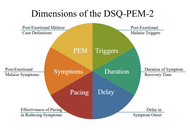
Open Access
Perspective
Exercise is neuroprotection—but participation is the imperative
Elizabeth A. Franz
Published: September 16, 2025 Explor Neuroprot Ther. 2025;5:1004115
This article belongs to the special issue Empower Yourself - Physical Activity as Prevention and Rehabilitation of Neurological and Psychiatric Diseases
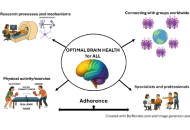
Open Access
Original Article
A questionnaire-based study on cranio-cervical-mandibular symptoms in clarinet students
Ludovica Badino ... Lucio Marinelli
Published: August 27, 2025 Explor Neuroprot Ther. 2025;5:1004114
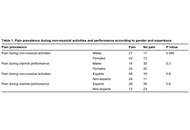
Open Access
Original Article
Cognitive and neuropsychiatric outcomes in economically active young patients with epilepsy: a case-control study from a secondary medical center in Mexico
Rodolfo Manuel Román-Guzmán ... Ilse Sofía Dávalos-Higareda
Published: August 20, 2025 Explor Neuroprot Ther. 2025;5:1004113
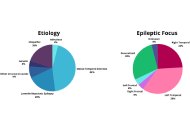
Open Access
Review
An integrative review on the orexin system and hypothalamic dysfunction in myalgic encephalomyelitis/chronic fatigue syndrome: implications for precision medicine
Noé López-Amador
Published: August 13, 2025 Explor Neuroprot Ther. 2025;5:1004112
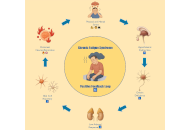
Open Access
Review
Therapeutic potential of microRNAs in neurological disorders: mechanisms, biomarkers, and emerging therapeutic strategies
Sourav Pal, Subhajit Mandal
Published: July 14, 2025 Explor Neuroprot Ther. 2025;5:1004111
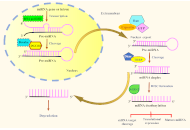
Open Access
Review
ADHD and alexithymia comorbidities impact on developmental language disordered and autistic youths: a dimensional treatment approach
Yvette Hus, Osnat Segal
Published: June 22, 2025 Explor Neuroprot Ther. 2025;5:1004110
This article belongs to the special issue Advances in the Pathogenesis, Diagnosis and Treatment of Attention Deficit Hyperactivity Disorder
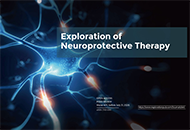
Open Access
Original Article
Higher mortality in stroke patients with active COVID-19 infection
Mostafa Almasi-Dooghaee ... Abdol-Hossein Vahabie
Published: June 22, 2025 Explor Neuroprot Ther. 2025;5:1004109
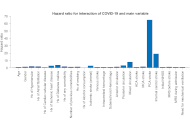
Open Access
Original Article
Passive immunization against amyloid peptide restores pattern separation deficits in early stage of amyloid pathology but not in normal aging
Karin Herbeaux ... Céline Héraud
Published: June 16, 2025 Explor Neuroprot Ther. 2025;5:1004108
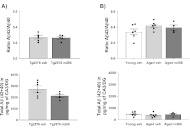
Open Access
Review
Omega-3 fatty acids and fetal brain development: implications for maternal nutrition, mechanisms of cognitive function, and pediatric depression
Raghd M Ghazal, Moawiah M Naffaa
Published: May 28, 2025 Explor Neuroprot Ther. 2025;5:1004107
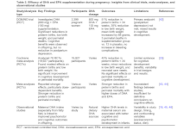
Open Access
Systematic Review
The effects of high-intensity training on walking speed and endurance in the subacute phase poststroke: a systematic review
Alejandro Ojeda-Manzano ... Alexandra Borstad
Published: May 22, 2025 Explor Neuroprot Ther. 2025;5:1004106
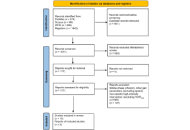
Open Access
Review
Neuroinflammation—the role of heteroreceptor complexes
Neelakanta Sarvashiva Kiran, Senthilkumar Rajagopal
Published: May 12, 2025 Explor Neuroprot Ther. 2025;5:1004105
This article belongs to the special issue GPCR Heteroreceptor Complexes as Key Players in Neuroprotection
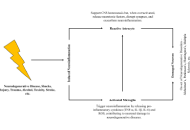
Open Access
Review
Advancements in extracellular vesicle therapy for neurodegenerative diseases
Ningyun Hu ... Rong Ma
Published: May 06, 2025 Explor Neuroprot Ther. 2025;5:1004104
This article belongs to the special issue Breakthroughs in Mechanisms and Treatments for Neurodegenerative Diseases
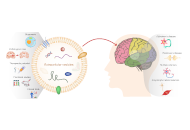
Open Access
Perspective
ADHD from the perspective of the International Classification of Diseases (ICD-11) and the International Classification of Functioning, Disability and Health (ICF)
Michael Linden
Published: May 06, 2025 Explor Neuroprot Ther. 2025;5:1004103
This article belongs to the special issue Advances in the Pathogenesis, Diagnosis and Treatment of Attention Deficit Hyperactivity Disorder
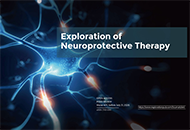
Open Access
Case Report
Multimodal physical therapy intervention based on a biobehavioral approach in a patient with chronic upper limb pain: a case report
Fernando-Balbino Blanco-Fernández ... Mónica Grande-Alonso
Published: April 26, 2025 Explor Neuroprot Ther. 2025;5:1004102
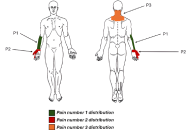
Open Access
Review
Therapeutic effect of erythropoietin and its derivatives in the treatment of acute ischemic stroke
Ramón Rama, Joan Ramon Torrella
Published: April 24, 2025 Explor Neuroprot Ther. 2025;5:1004101
This article belongs to the special issue Interdisciplinary Approach to Therapeutic Strategies of Neuroprotection in Present and Future
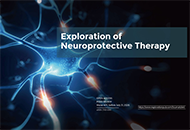
Open Access
Review
Role of dopamine receptor heteromerization in preclinical models of addiction and other psychiatric disorders
Adèle Vilette ... Peter Vanhoutte
Published: April 01, 2025 Explor Neuroprot Ther. 2025;5:1004100
This article belongs to the special issue GPCR Heteroreceptor Complexes as Key Players in Neuroprotection
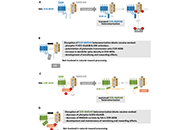
Open Access
Original Article
Neurophysiological findings in Attention Deficit Hyperactivity Disorder, a Pandora’s box with therapeutic implications
Montserrat Gerez-Malo ... Carlos Acosta
Published: March 30, 2025 Explor Neuroprot Ther. 2025;5:100499
This article belongs to the special issue Advances in the Pathogenesis, Diagnosis and Treatment of Attention Deficit Hyperactivity Disorder
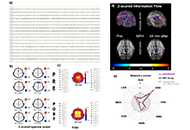
Journal Information
